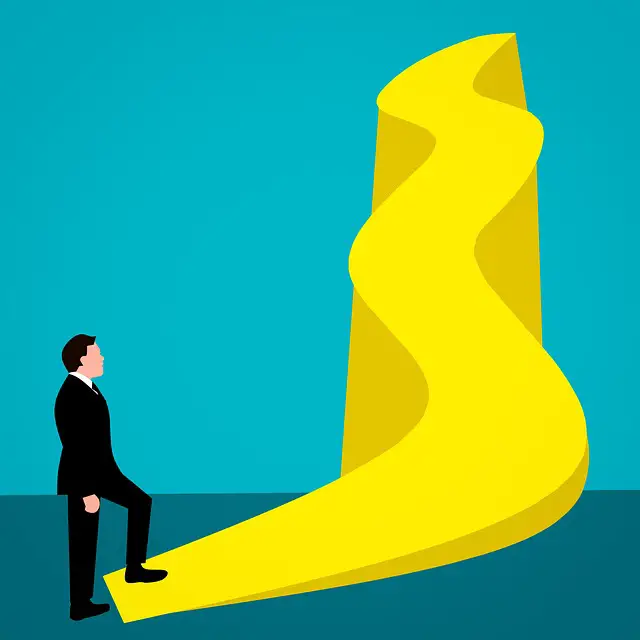The following is a guest post – an extended comment on the recent post, Stay the Course – from Gage, a savvy investor and longtime friend. His thoughts, philosophies and insights on retirement planning are always spot on very much welcome.
One piece of information that I received from a good friend, whom I flew with in the USAF and is now a very successful Certified Professional Planner (CFP), is the power of cash. Although returns on money market accounts/funds is painfully low, he advised me a number of years ago over dinner to ignore the return and consider the value of cash as protection during market downturns, especially when you’re closing in on retirement. Here is his advice which Mrs. C and I have followed … and we’re very glad we did!
First, as you’ve mentioned many times before is to ensure that you have 8-12 months living expenses set aside in an emergency fund. Expenses must mean everything, not just items such as your electric and car insurance bill, groceries, etc. This must include discretionary spending cash, travel dollars as well. Remember, you don’t want to downsize your quality of life.
Next, plan on having enough cash set aside, above and beyond your emergency fund to allow you live for at least five years on cash alone so you don’t have to rely on tapping your investment accounts, especially if the market swoons just prior to retirement. Mrs. C and I have set aside enough cash, above and beyond our emergency fund, which combined with my military retirement, to live for a minimum of seven years. At this point, both of her pensions will kick in and we still haven’t touched our nest egg. Social Security won’t be touched until at least age 67. We have slept well each night even as the market continued to “correct” since the first of the year.
Five years of living expenses in cash is no doubt a big number. We’re (James and I) fortunate in that we have guaranteed monthly income in the form of a monthly military retirement which lowers the amount of cash needed.
The recent market correction was unsettling to watch, even for someone such as myself who’s been an active saver/investor since January 1986. Back then, the Dow Jones Industrial Average (DJIA) started the year at a little over 1,500. Needless to say by October 1987, I thought the world was coming apart and I was facing financial ruin! Quite the contrary, it was absolutely the best learning experience imaginable. Within a year, the market had recovered it’s losses and was establishing a new high.
This learning experience was tested again in March 2009 when the DJIA had an intraday low of 6,500. By the end of the year, the DJIA was back above 10,000. Now markets may not snap back that quickly but the lesson remains the same, that of being patient. All too often, when markets correct, they often overshoot to the downside not because of fundamentals but emotion. This can happen on the upside as well.
Not even the best market analysts on CNBC, Fox Business or Bloomberg can tell with absolute certainty what the market will do from day-to-day. Sure, every now and then one gets lucky and gets it right. Take a long-term approach, invest regularly, stay fully invested according to your risk tolerance and don’t forget the power of cash as you close in on retirement!



